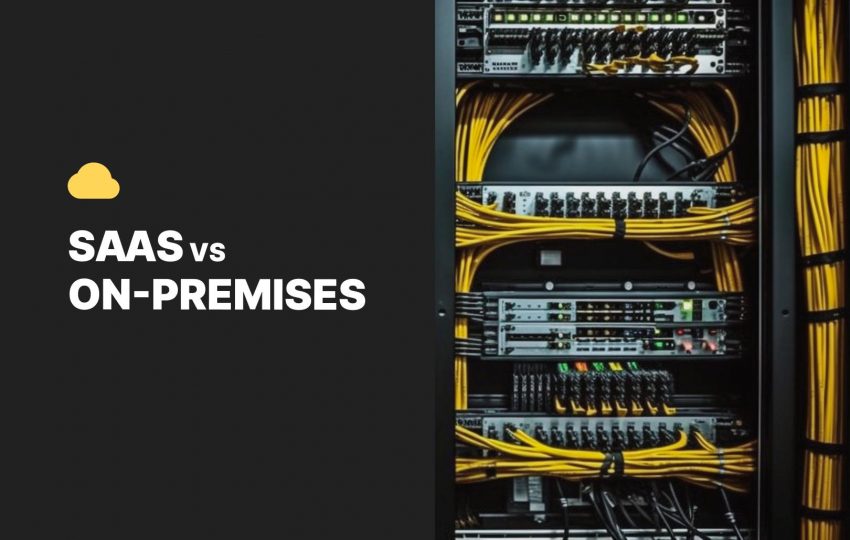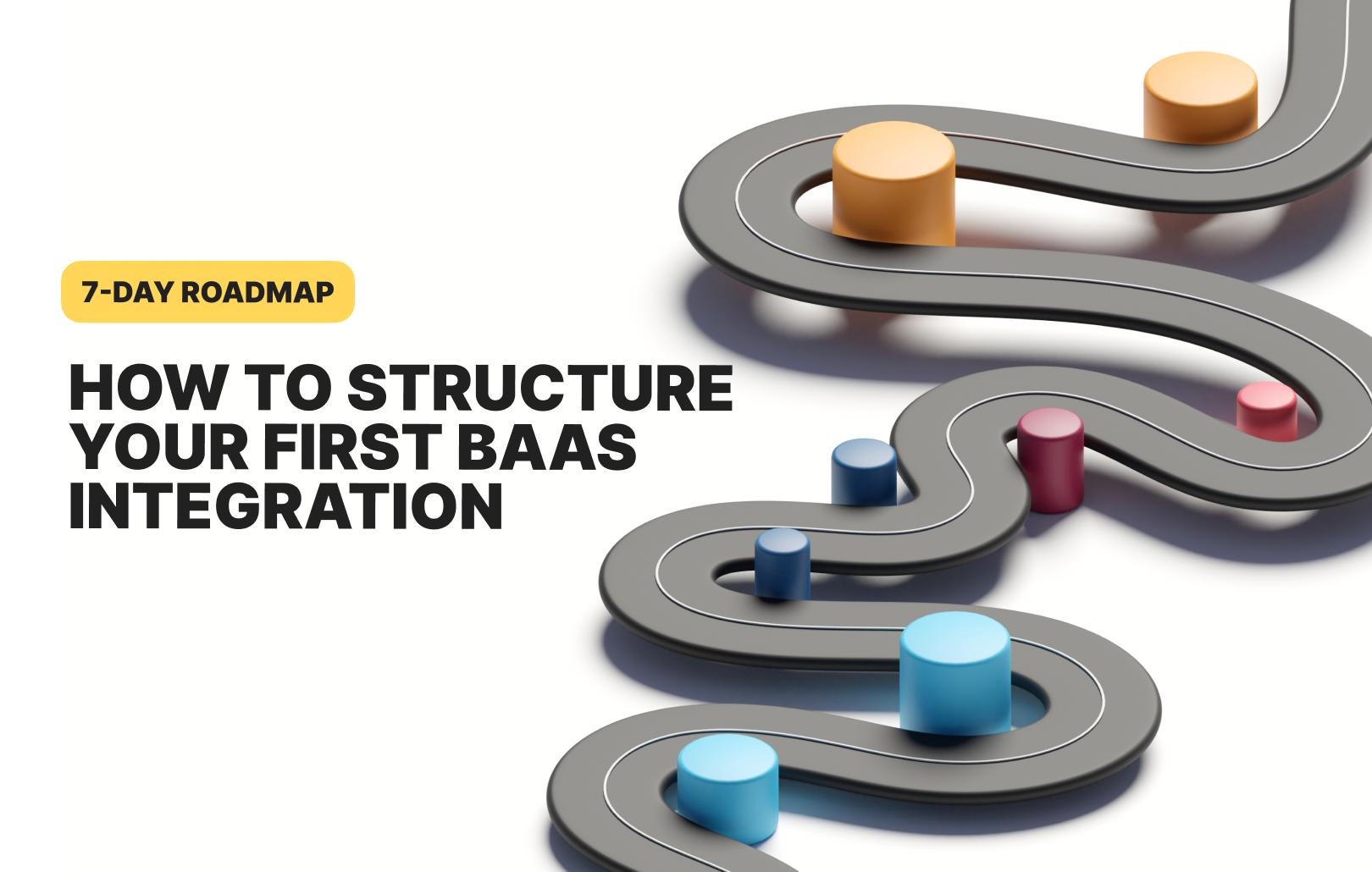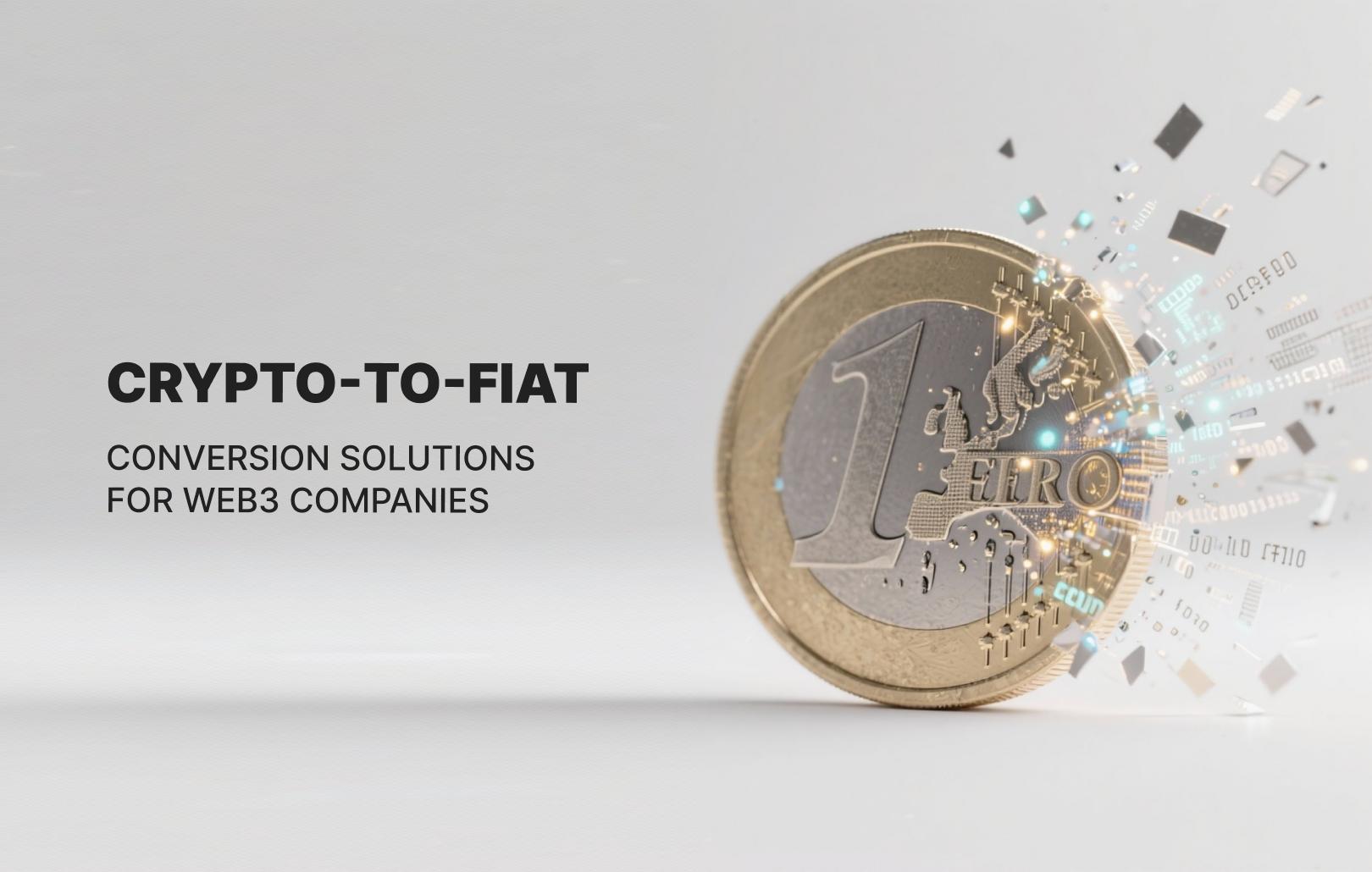SaaS vs. on-premises: Which is right for your business in 2025?

As businesses continue to navigate digital transformation, selecting the right software deployment model remains a crucial decision. In 2025, companies must weigh the advantages and disadvantages of Software-as-a-Service (SaaS) and on-premises solutions to determine which best aligns with their operational needs, budget, and security requirements. This article provides a side-by-side comparison to help business owners make an informed choice.
SaaS vs. on-premises: A side-by-side comparison
| Feature | SaaS (Software-as-a-Service) | On-premises software |
|---|---|---|
| Deployment | Hosted in the cloud, accessed via the internet | Installed and maintained on local servers |
| Cost model | Subscription-based pricing, typically monthly or annual | Upfront capital expenditure for licenses, hardware, and IT staff |
| Maintenance | Managed by the provider, including updates and security patches | Requires in-house IT team for updates, patches, and troubleshooting |
| Security | Relies on cloud provider's security infrastructure and compliance measures | Full control over security, but requires investment in firewalls, encryption, and access control |
| Scalability | Easily scalable to accommodate growth | Requires additional hardware and IT resources to scale |
| Accessibility | Can be accessed from anywhere with an internet connection | Limited to on-site access unless a VPN is used |
| Integration | Seamless API integrations with other cloud-based applications | Requires custom integrations, which can be complex and costly |
Cost, security, and maintenance considerations
- Cost: SaaS offers a predictable subscription-based model that minimizes upfront investment, making it ideal for startups and small businesses. On-premises solutions, however, require significant initial capital expenditure but may be more cost-effective in the long run for large enterprises with extensive IT infrastructure.
- Security: While SaaS providers implement high-level security measures, some businesses prefer on-premises solutions to maintain full control over data protection and compliance with industry regulations.
- Maintenance: SaaS eliminates the need for internal IT teams to manage updates and patches, whereas on-premises software requires continuous maintenance, increasing IT workload and costs.
How SaaS enables remote work, automation, and integrations
SaaS solutions are designed for flexibility, enabling businesses to support remote and hybrid work environments. Employees can access software from any location, facilitating collaboration and productivity. Additionally, SaaS platforms often come with automation capabilities, streamlining workflows and reducing manual tasks.
Moreover, SaaS solutions integrate well with other cloud-based applications, such as customer relationship management (CRM) tools, payment gateways, and analytics platforms, providing a connected and efficient ecosystem.
Industry-specific SaaS solutions
SaaS adoption continues to grow across various industries, with tailored solutions designed to address sector-specific needs:
- Fintech: Cloud-based banking platforms, payment processors, and fraud detection systems provide real-time data access and regulatory compliance.
- E-commerce: SaaS-driven inventory management, customer support chatbots, and AI-powered recommendation engines enhance online shopping experiences.
- Healthcare: Electronic health record (EHR) systems, telemedicine platforms, and HIPAA-compliant cloud storage ensure secure and efficient patient management.
Choosing the right model for your business
The decision between SaaS and on-premises software depends on business priorities, budget, and technical requirements. While SaaS offers cost savings, scalability, and accessibility, on-premises solutions provide control and security for businesses with strict compliance needs. As technology advances, many companies are embracing hybrid approaches, combining the best of both models to optimize performance and efficiency.






